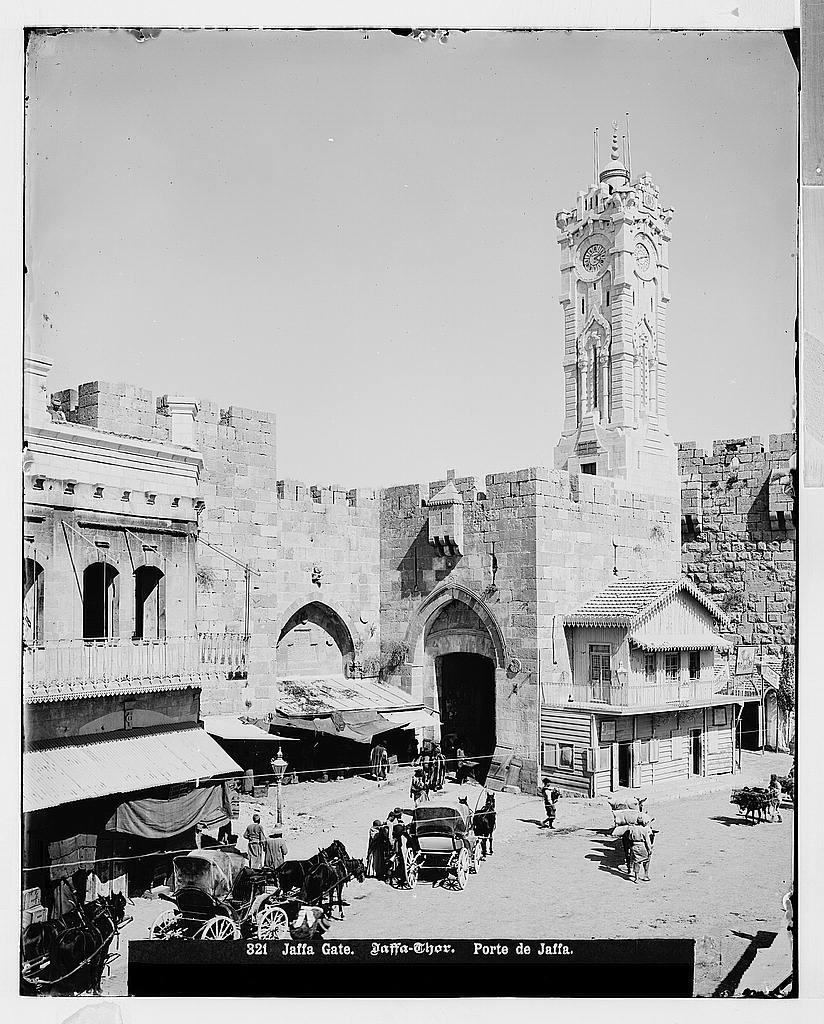Editor’s Introduction:
In December 2017, US President Donald Trump announced that the United States would recognise Jerusalem as the capital of Israel and relocate the US embassy from Tel Aviv to the holy city, a move that caused an international outcry. Just over a century earlier, the age-old contest for control of the Holy Land saw a turning point when the Balfour Declaration of November 1917 promised the Jewish people a national home in Palestine.
Many significant moments spanned that 100-year period between the two events: Israel was established in 1948, following the failure of the United Nations to implement the Partition Plan for Mandate Palestine and the outbreak of a major armed conflict, which the Palestinians refer to as al-Nakba (catastrophe) and Israelis, as the war of independence. The war fundamentally altered the identity and character of Jerusalem in many ways. In 1967, Israel captured the Old City of Jerusalem and annexed the city in a move that was condemned universally.
Given these developments, the international reaction at the UN and other forums to President Trump’s recognition of Jerusalem as the capital of Israel was not surprising, although the reasons justifying that criticism were somewhat occluded. Much was said about the recognition prejudicing final status talks between Israelis and Palestinians, but very little was said about the special status of Jerusalem in diplomatic history, which was one of the reasons so many countries came out to criticise the decision. UN resolutions consistently refer to the “character and status of Jerusalem” but rarely explain what that character and status is.
The reason so many countries refuse to move their embassies to Jerusalem is that such a move would imply recognition of Israeli sovereignty over the city. To date, Guatemala is the only other country to have moved its embassy from Tel Aviv to Jerusalem. There is, however, no guarantee that a future Guatemalan government will keep its embassy there. And the reason Israeli sovereignty over Jerusalem is contested is the presence of sites in and around the city that are holy to the three monotheistic faiths, and the belief that, given the intractable nature of the dispute, no single state should have sovereignty over the city, even though everyone knows that Israel has been in possession of the city for more than 50 years.
Jerusalem is more than a holy city, however, although of course it has been shaped by the presence of the holy places and by the multitudes of pilgrims who visit it. Jerusalem is also a “living” city, with its own special features, its own culture you might say, or subculture, depending on which Jerusalem you visit — East or West, old or new. Whether you go shopping in Jaffa Street, the Mamilla Mall, the market at Mahaneh Yehuda, or at Salahadin Street will say a lot about you. Not to mention the different languages that are spoken in the city.
To understand Jerusalem, one has to understand its history — not just its ancient history, which is also important, but its recent past. This series of MEI Insights therefore focuses on the history of the city over the past century, when the modern political dispute over the destiny of the Holy Land was said to have begun with the Balfour Declaration. It carries short essays devoted to the stages of Jerusalem’s history, including its diplomatic, institutional and social history, from the Ottoman period to the British Mandate, from the division of Jerusalem between Israel and Jordan between 1948 and 1967 to the subsequent occupation and annexation of the city.
Click here for the full PDF.
Image caption:
Jaffa Gate, Jerusalem. Photo: American Colony (Jerusalem), shared on Library of Congress (Online)





